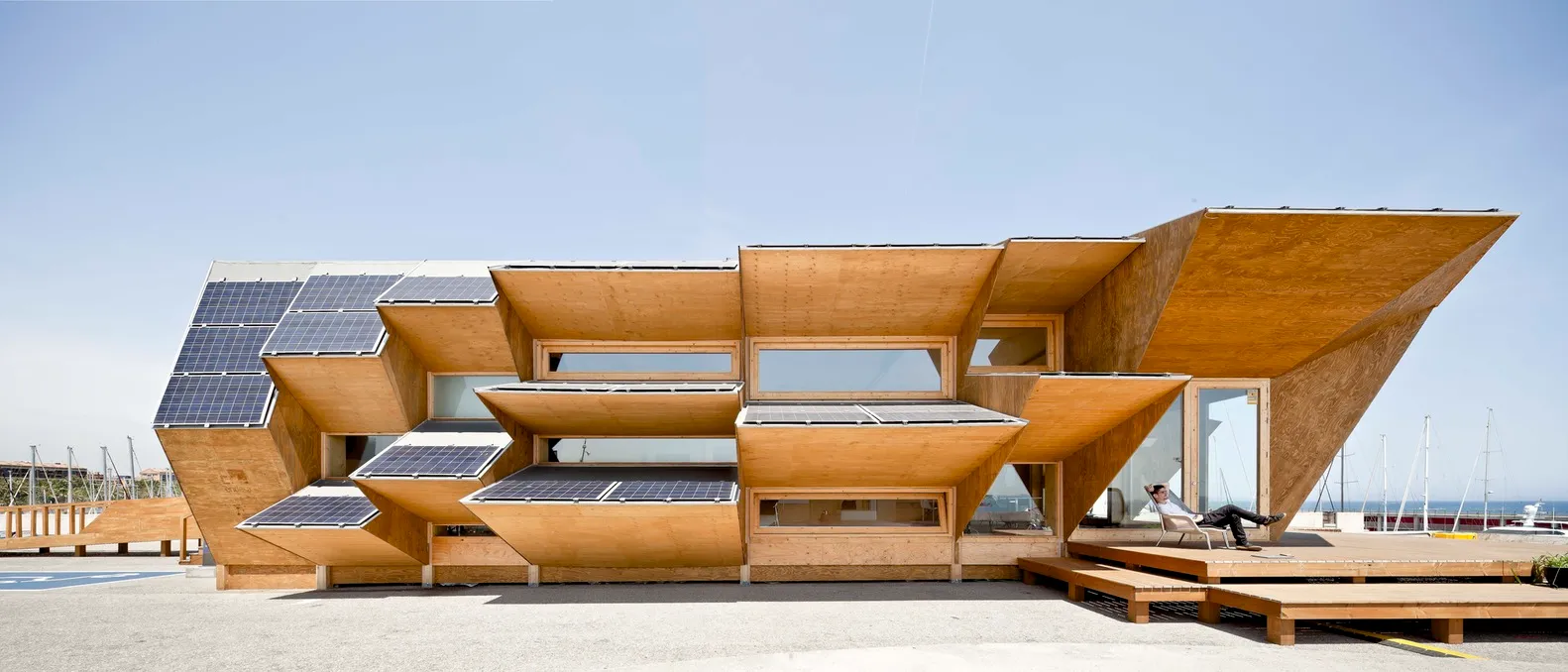
Parametric design has become one of the most powerful tools in the rapidly evolving field of architecture, revolutionising the way structures are planned, studied, and constructed. Designers can now embrace a world of dynamic forms, responsive systems, and optimised performance because of parametric architecture. It is powered by algorithms, rules, and real-time data. Everything from skyscrapers to urban pavilions is being shaped by parametric thinking, from sweeping facades to patterned interiors.
However, how does a parametric building design truly start? The process might be intimidating, especially for newcomers, because it involves complicated tools, strange routines, and abstract reasoning. Students, aspiring professionals, and inquisitive creatives can all benefit from this guide's step-by-step introduction to parametric design and simplification of the process.
Fundamentally, parametric design is about establishing relationships between parameters, which are factors that affect shape and behavior. These variables could range from the angle of sun exposure at various times of the day to the breadth of a window module. Architects can create a set of guidelines or algorithms using parametric design instead of individually modelling each component. These guidelines control how components interact and react to outside or internal stimuli.
The designer becomes a system thinker, someone who establishes a framework where design changes based on input, performance, and environmental data. In addition to being aesthetically pleasing, the resulting architecture is also very contextual, logical, and effective.

The correct design program must be selected before starting your first parametric project. Grasshopper, a visual programming plug-in for Rhinoceros 3D, is the most widely used and user-friendly tool in the architecture sector. Grasshopper's node-based workflows, which link inputs, operations, and outputs like a digital flowchart, enable designers to create parametric models without writing code.
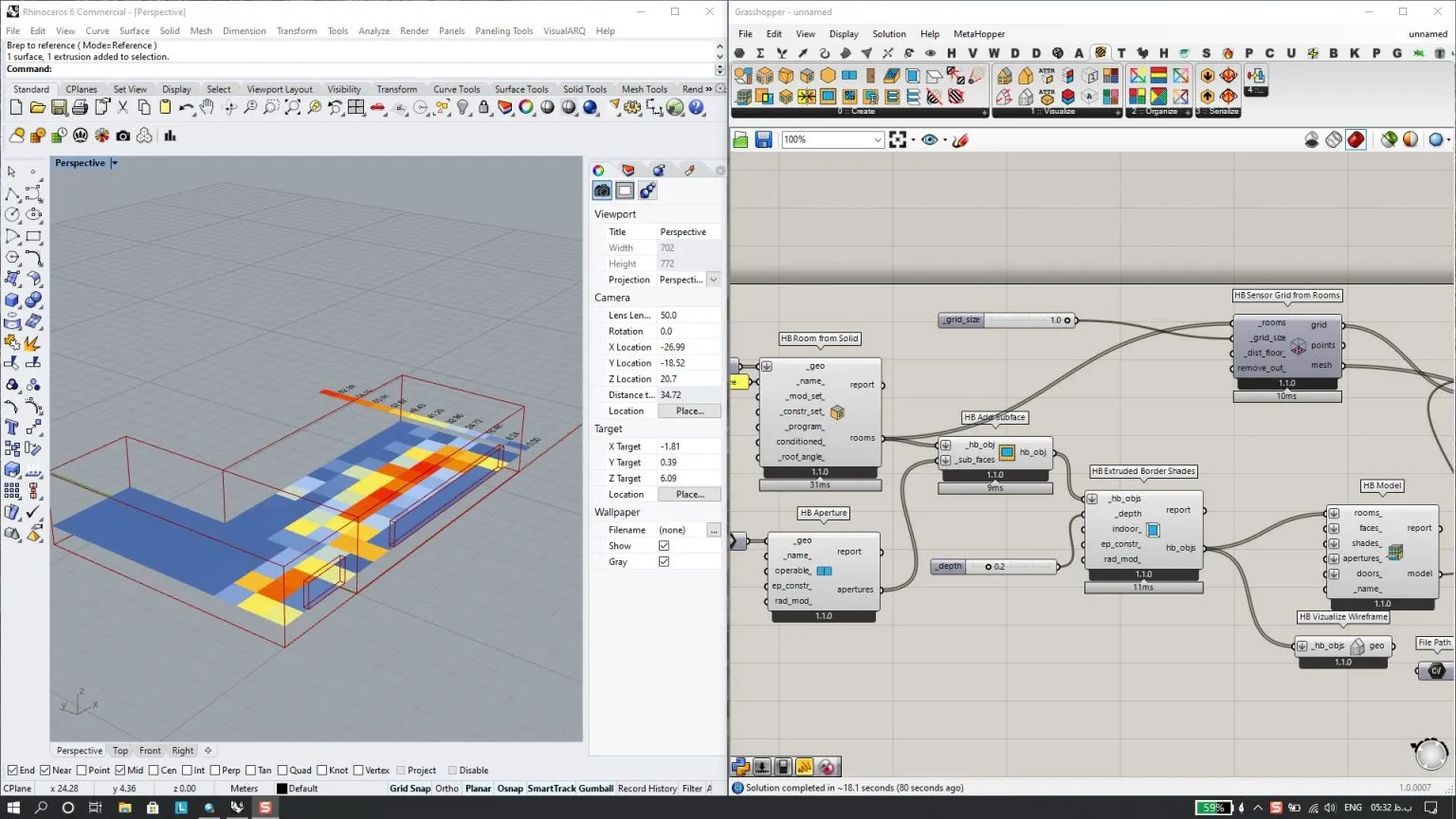
Additional tools for more complex or specialized jobs include scripting-based environments like Processing, Python, or C#, Sverchok for Blender, and Dynamo (frequently used with Autodesk Revit).
Because of its comprehensive documentation, worldwide community, and widespread use in professional practice, it is advised to begin with Grasshopper. Exciting design possibilities can be unlocked with even simple tutorials on setting attractor points, using sliders, and constructing arrays.
A common mistake made by novices is to dive right into structures that are too complicated. Instead, start with a tiny project, like a modular pavilion, a tessellated canopy, or a sun-shading facade. Select a design challenge where the form can be driven by one or two functional or environmental aspects.
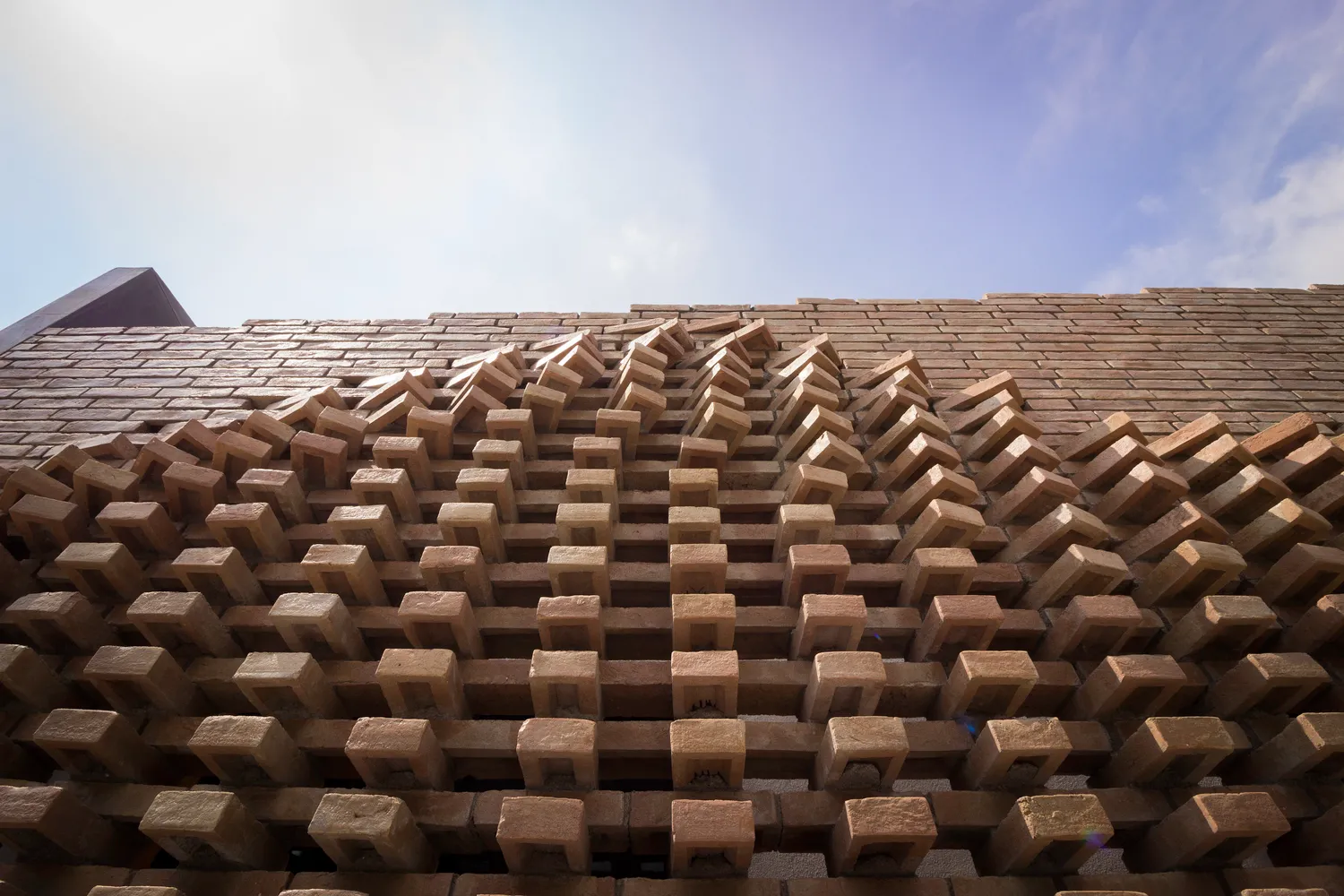
An ideal starting point would be a sun-responsive screen that modifies fin angles in response to solar radiation. In this instance, your factors could include direction, time of day, and sun angle, all of which affect the depth or opening size of a shade piece. Because of its simplicity, you can understand how altering input data changes your geometry without becoming bogged down in specifics.
The process of determining and adjusting parameters that affect a building's form and behavior is central to parametric design. Instead of beginning with a predetermined shape, parametric design challenges architects to consider what factors should influence this design. These variables, also known as parameters, are determined by a number of criteria that are pertinent to the context, goal, and performance objectives of the project.
A building's orientation, shading plan, and material selection can be greatly impacted by environmental elements like sunshine, wind direction, and ambient temperature. Topography, urban density, nearby structures, and available views are examples of site-specific factors that frequently influence how a design reacts to its environment. Spatial organization and functional layout are influenced by programmatic requirements, such as the number of occupants, circulation patterns, or zoning laws. Additionally, structural considerations, including span lengths, load distribution, and material behavior, can determine the overall geometry and construction logic of a design.

For instance, a parametrically built roof shell might change shape in response to the distance between columns, using less material while maintaining structural integrity. Similar to this, the porosity of a wall system might change depending on the needs for privacy or interior lighting; it could be denser where privacy is required and more open where daylight is preferred. The design will always remain intentional and more than a formal exercise if the parametric model is based on a well-defined performance target.
After setting your specifications, start building the digital model. This entails establishing a foundation geometry in Grasshopper, such as a grid, surface, or volume, and then implementing changes according to your input sliders or data streams.
For instance, the height, floor rotation, and facade depth of a simple tower design can all change based on solar gain or wind data. To add complexity and logic, use elements like mathematical functions, graph mappers, and attractors.

Maintaining a well-structured and unambiguous script is essential. When feasible, group related components, label inputs, and simplify. Because parametric models can get extremely thick, visual hierarchy and modular thinking are crucial for future modifications and cooperation.
The capacity of parametric design to incorporate performance data into the design process is what makes it unique. Architects can assess the performance of their designs using tools such as Octopus for optimization, Karamba3D for structural analysis, and Ladybug and Honeybee for environmental simulations.
For instance, the shading pattern of a facade can be examined for energy efficiency, thermal performance, and daylight penetration. This study enables instantaneous model adjustment through parameter tweaking, resulting in quicker and better-informed decision-making.
A key component of parametric thinking is this cycle: test, refine, optimize. Within a framework of limitations, it changes the architect's function from that of a lone creator to that of a strategic decision-maker.
Effective parametric design prioritizes narration, reproducibility, and clarity over dazzling aesthetics. Record every step of your process, including the issue description, parameters you've chosen, logic flows, results, and performance information. To demonstrate how each choice was made, use before/after simulations, exploded views, script screenshots, and diagrams.
This enhances your credibility with clients, colleagues, and partners in addition to fortifying your portfolio. The finished form itself may not always be as important as a clearly stated workflow.
As you progress in your parametric design journey, staying inspired and up to date with the latest advancements is essential. One of the best ways to do this is by exploring exemplary projects from around the world that showcase the potential of parametric architecture in diverse contexts.
Consider Zaha Hadid Architects' masterwork, the Heydar Aliyev Center, which is renowned for its continuous, flowing forms that combine skin and structure. This structure is an illustration of how spatial intricacy and sculpture can be brought to life with parametric thinking.
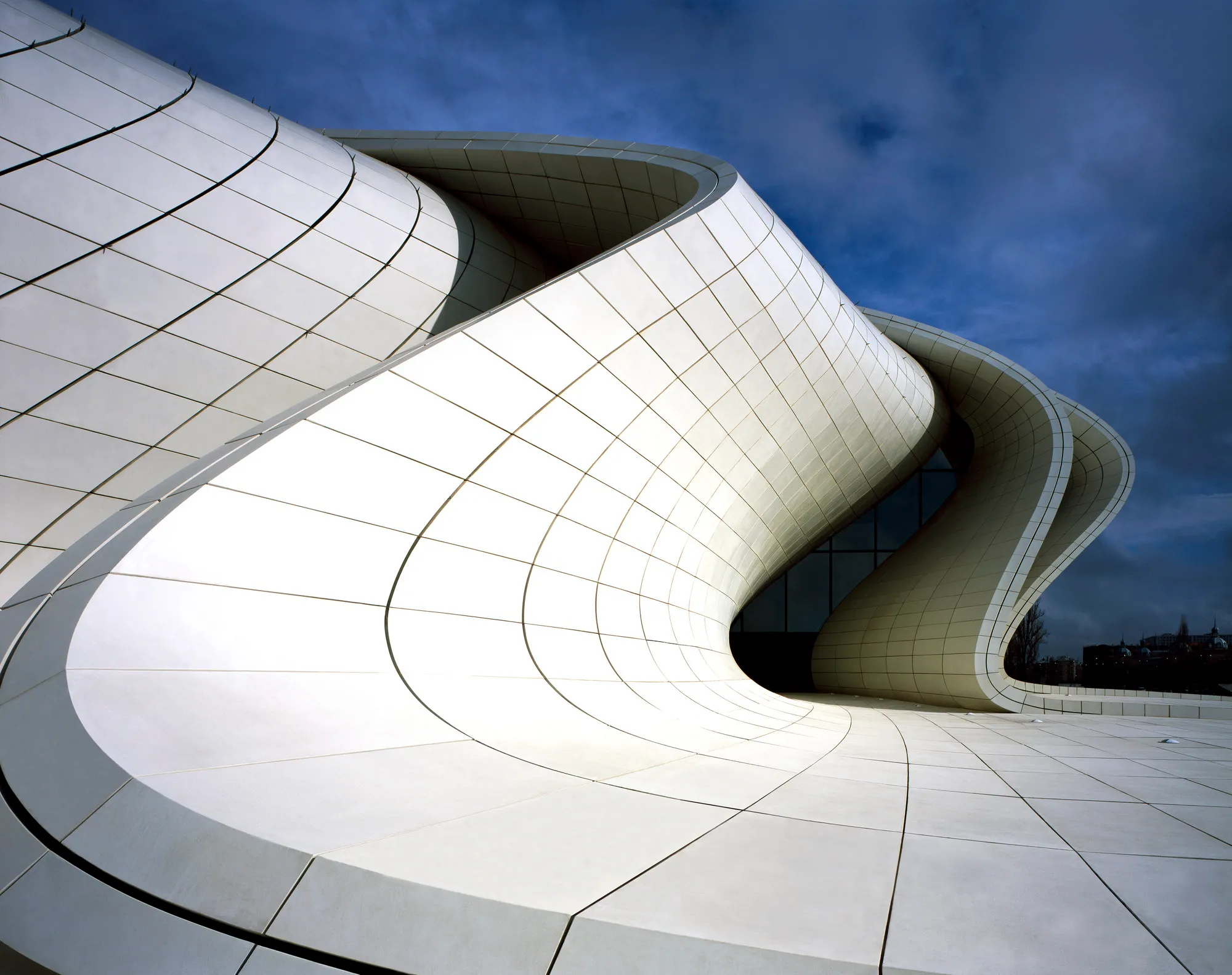
The Al Bahar Towers in Abu Dhabi are another example of a facade design that is performance-driven. The towers combine contemporary parametric engineering with traditional Islamic designs to create a responsive, dynamic shading system that opens and closes in response to solar exposure.
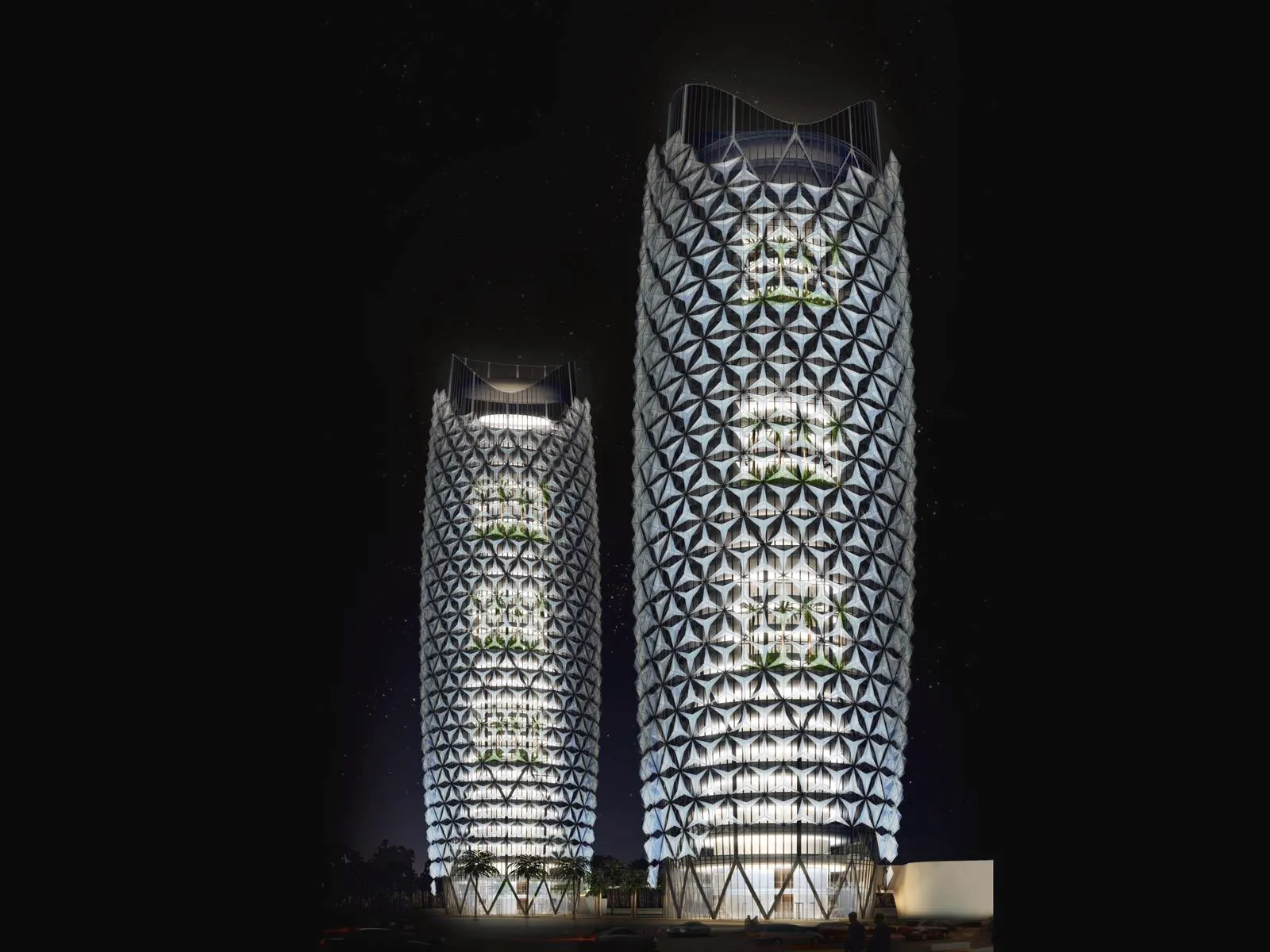
Diébédo Francis Kéré's 2017 Serpentine Pavilion is another outstanding example. The pavilion embodies cultural narrative and environmental consciousness through its parametric patterning and contextual response.
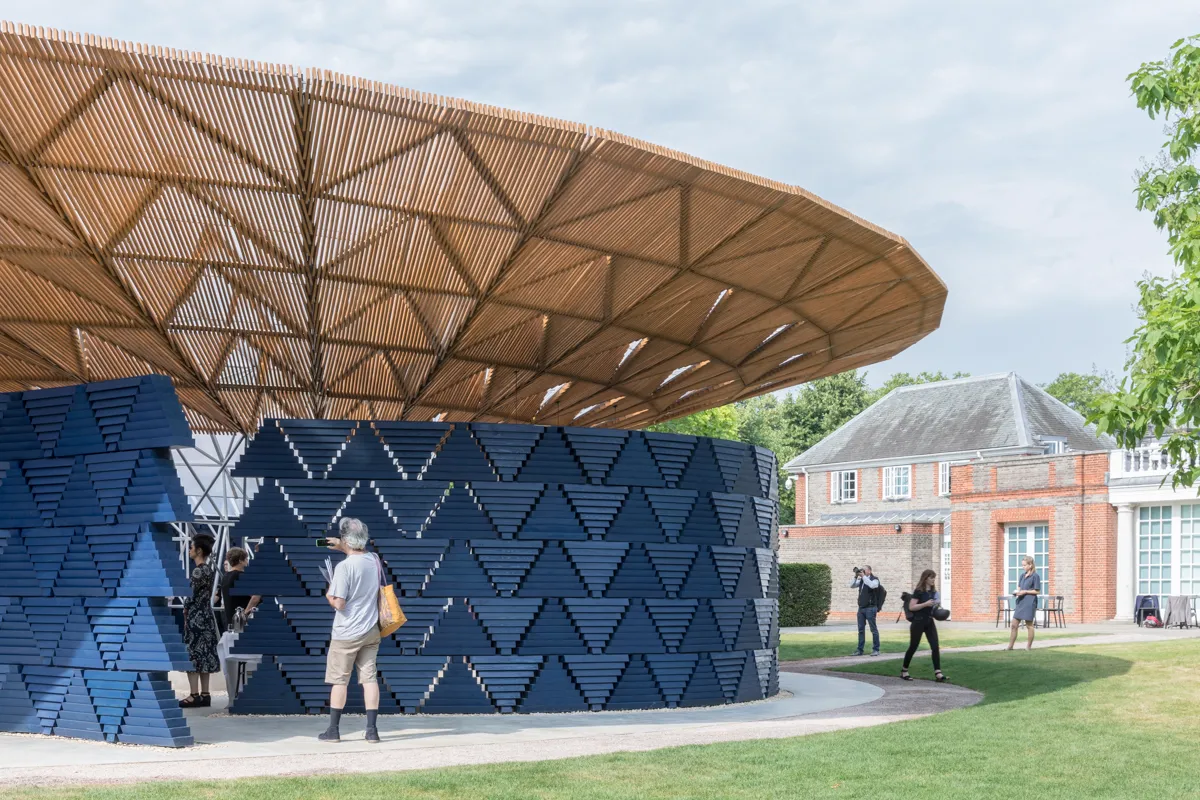
Using instructional platforms can significantly speed up your learning in addition to studying constructed tasks. There are a ton of tutorials, workshops, and case studies available on websites like PAAcademy, DesignMorphine, ThinkParametric, and YouTube channels like GrasShopper3D. These platforms offer downloaded scripts for experimentation, to deconstruct intricate operations into digestible chunks.
The international communities that foster education and cooperation are equally important. Discord, Reddit, and LinkedIn online forums and groups are places for conversation, criticism, and idea exchange. These groups provide a forum for connecting with like-minded designers, architects, and digital artists worldwide, whether you're having problems with a Grasshopper definition or looking for input on an idea.
It is not necessary to be an expert in every instrument or theory to design a parametric architecture. The first step is to change your perspective from creating forms to creating systems. You may design architecture that is more meaningful, sustainable, and adaptive by utilizing parameters, logic, and feedback.
Knowing the fundamentals of parametric workflows is now necessary as computational design plays a bigger role in architecture in the future. Begin modestly, maintain your curiosity, and keep improving. The realm of code-driven architecture is vast.
You must be logged in to comment.